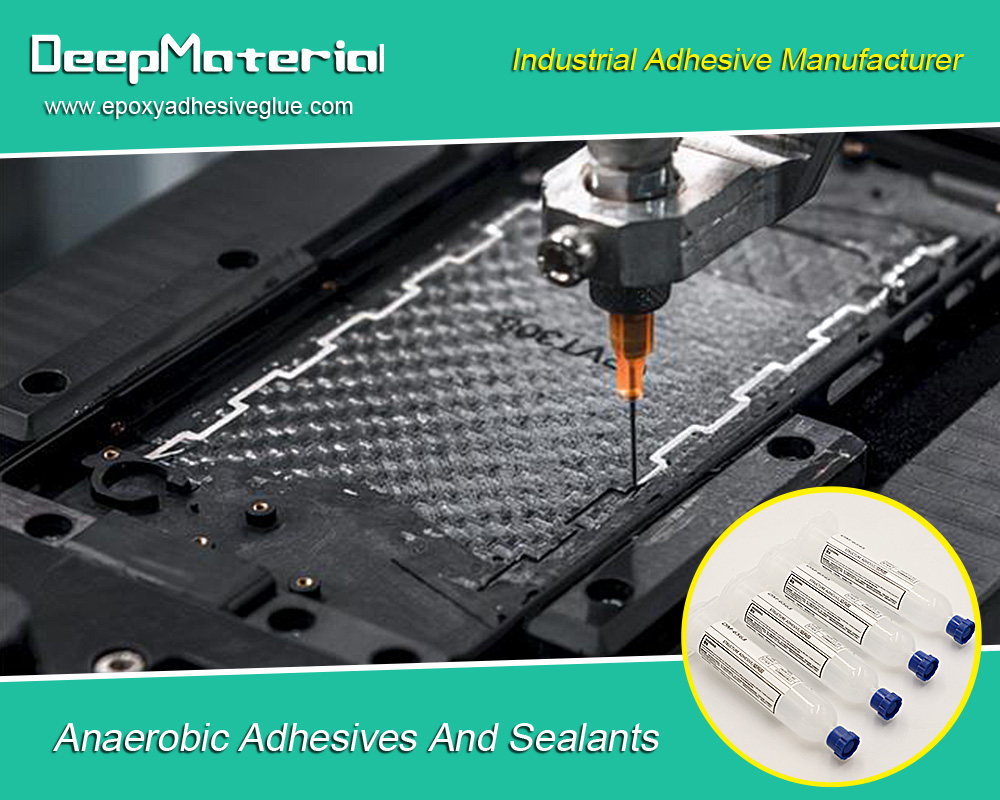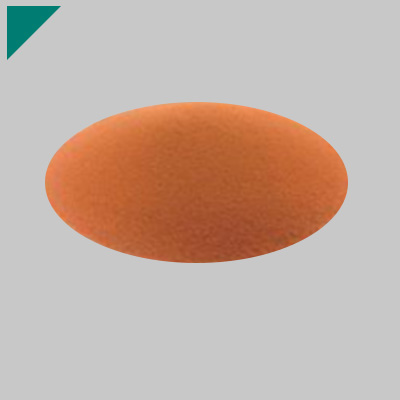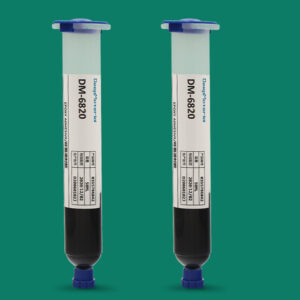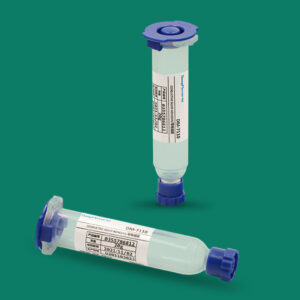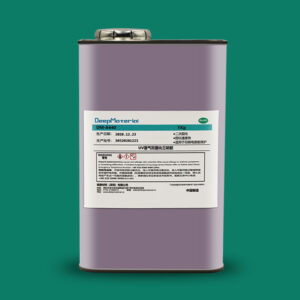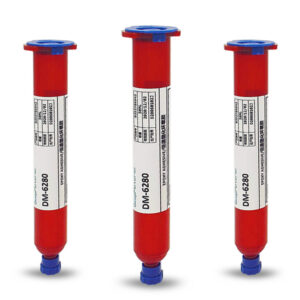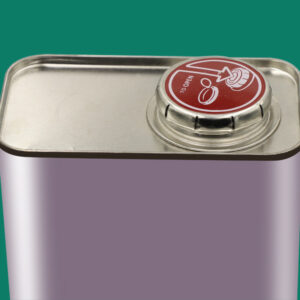Automatic Fire Suppression Material: The “Invisible Firefighter” Guarding Lives and Property
Automatic Fire Suppression Material: The “Invisible Firefighter” Guarding Lives and Property
In an era where fire hazards lurk in every corner of modern life—from bustling urban skyscrapers to remote industrial facilities—the need for reliable fire protection has never been more critical. Enter automatic fire suppression materials, often dubbed the “invisible firefighter” for their silent, proactive role in averting disasters. These materials are engineered substances that detect, respond to, and extinguish fires without human intervention, safeguarding lives, property, and invaluable assets. Unlike traditional firefighting methods that rely on manual activation, such as handheld extinguishers or sprinkler systems triggered by personnel, automatic suppression materials integrate seamlessly into environments, activating precisely when heat, smoke, or flames reach critical thresholds.
The concept of an “invisible firefighter” captures the essence of these materials: they operate behind the scenes, embedded in walls, ceilings, machinery, or vehicles, ready to spring into action. For instance, in data centers housing sensitive electronics, water might cause more damage than the fire itself; here, clean agent gases like 3M™ Novec™ 1230 quietly displace oxygen to smother flames without residue. Similarly, in kitchens or paint booths, dry chemicals rapidly interrupt combustion chains, preventing escalation. This automation not only minimizes response time—often reducing it to seconds—but also eliminates the risks associated with human error or delay, such as in unoccupied spaces during off-hours.
The global fire suppression market is booming, driven by stringent safety regulations, urbanization, and technological advancements. According to industry insights, these materials are pivotal in sectors like aerospace, healthcare, and manufacturing, where downtime from fires can cost millions. Yet, their true value lies in life preservation: statistics show that properly installed suppression systems can reduce fire-related deaths by up to 82% in residential settings alone. As we delve deeper, we’ll explore the history, types, mechanisms, applications, benefits, challenges, and future of these unsung heroes, revealing how they transform passive structures into active guardians against one of humanity’s oldest foes—fire.
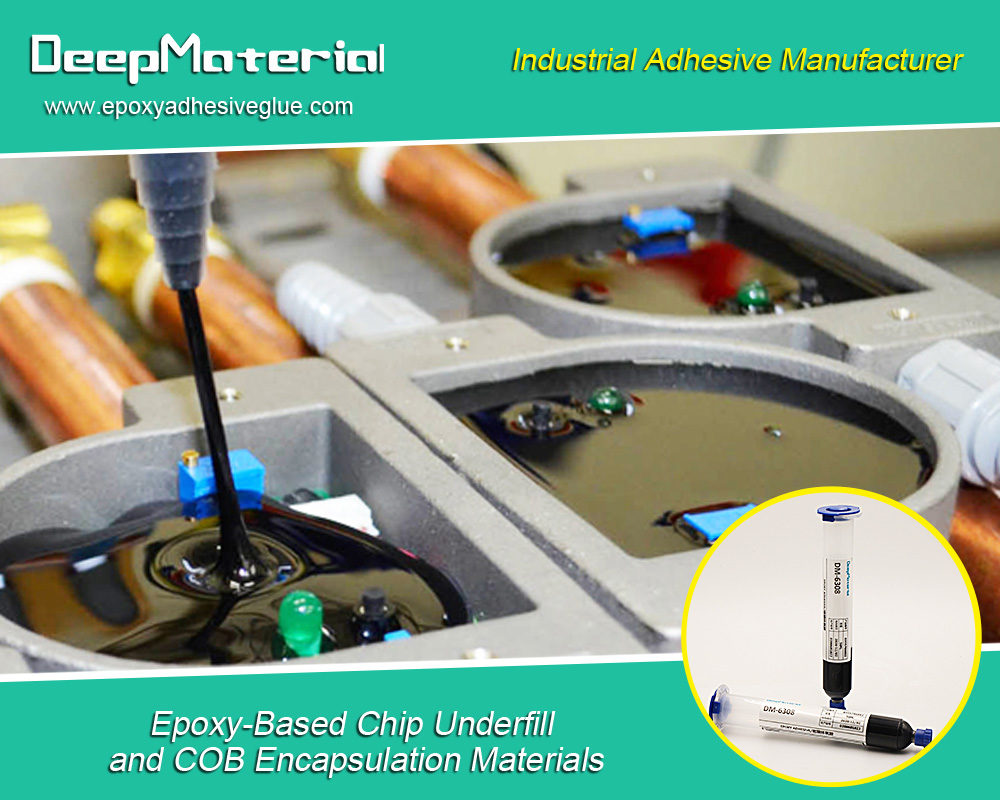
History and Development
The journey of automatic fire suppression materials traces back to the early 19th century, evolving from rudimentary inventions to sophisticated, smart technologies. The roots can be found in 1723 when Ambrose Godfrey, a German-born pharmacist, patented the first automated sprinkler system using gunpowder to release extinguishing fluid from a tank. This explosive mechanism, though primitive, laid the groundwork for hands-free fire control, primarily using water as the suppressant.
By the early 1800s, innovations accelerated. In 1812, Sir William Congreve advanced perforated pipe systems for distributing water, building on John Carey’s earlier proposals. A pivotal moment came in 1818 with British Captain George William Manby’s portable extinguisher, employing potassium carbonate solution propelled by compressed air—a precursor to chemical agents. These early devices focused on water-based materials, but limitations in handling electrical or chemical fires spurred further development.
The late 19th century marked a turning point with Henry S. Parmelee’s 1874 patent for the automatic sprinkler head, which used fusible links that melted at high temperatures to release water. This innovation shifted suppression from manual to thermal activation, revolutionizing industrial fire safety. By the 20th century, as electricity and chemicals proliferated, new materials emerged. Halon gases, introduced in the 1960s, became popular for their non-conductive, residue-free properties, ideal for aviation and computing. However, environmental concerns—Halon’s ozone-depleting effects—led to its phase-out under the Montreal Protocol in the 1990s, paving the way for eco-friendly alternatives like FM-200 and inert gases.
Post-World War II advancements integrated electronics, with smoke and heat detectors automating activation. The 1970s saw the rise of dry chemical powders, such as monoammonium phosphate, for Class A, B, and C fires, used in systems for hazardous material storage. Foam concentrates followed, blending water with surfactants for flammable liquid fires. The 21st century has witnessed a surge in nanotechnology and aerosols, like Stat-X systems, which deploy ultra-fine particles to interrupt fire reactions. Today, driven by IoT and AI, suppression materials are smarter, with predictive analytics forecasting risks. This evolution reflects a blend of chemistry, engineering, and environmental stewardship, transforming fire suppression from reactive to proactive defense.
Types of Automatic Fire Suppression Materials
Automatic fire suppression materials encompass a diverse array of agents, each tailored to specific fire classes and environments. Broadly categorized by their base composition, they include water-based, chemical, gaseous, and foam variants, ensuring versatility across applications.
Water-based materials remain the cornerstone, prized for their abundance and cooling efficacy. Traditional sprinklers use plain water, but advanced versions incorporate mist systems that generate fine droplets, reducing water usage by up to 90% while minimizing damage. These are ideal for ordinary combustibles (Class A fires) in offices or warehouses. Additives like antifreeze extend their use to cold storage, preventing pipe freezes.
Chemical agents, divided into wet and dry types, excel in rapid extinguishment. Dry chemicals, such as sodium bicarbonate or potassium acetate, interrupt the fire tetrahedron by inhibiting chemical reactions. They’re common in kitchen hood systems for grease fires (Class K) or paint booths. Wet chemicals, like aqueous potassium carbonate solutions, saponify fats, forming a soapy barrier that prevents re-ignition. These materials are discharged via pressurized systems, offering quick knockdown but potential cleanup challenges.
Gaseous suppressants, or clean agents, dominate in sensitive areas where residue is unacceptable. Inert gases like nitrogen or argon reduce oxygen levels below 15%, starving fires without harming electronics. Chemical clean agents, such as HFC-227ea (FM-200), release heat-absorbing vapors. Eco-friendly options like FK-5-1-12 (Novec 1230) mimic Halon’s effectiveness sans environmental harm. CO2 systems, while effective for unoccupied spaces, pose asphyxiation risks and are suited for electrical hazards (Class C).
Foam-based materials target flammable liquids (Class B). High-expansion foams expand up to 1000:1, blanketing surfaces in hangars or fuel storage. Aqueous Film-Forming Foam (AFFF) creates a vapor-sealing layer, though PFAS concerns have spurred fluorine-free alternatives. Aerosol systems, a newer category, deploy condensed particles that chemically neutralize radicals, compact for vehicles or cabinets.
Each type’s selection hinges on fire risk, environmental impact, and cost, with hybrid systems combining strengths for comprehensive protection.
Mechanisms: How They Work
At the heart of automatic fire suppression materials lies a symphony of detection, activation, and extinguishment. The process begins with sensors—heat, smoke, or flame detectors—that monitor environmental changes. Thermal detectors, for example, use fusible elements that melt at 135-165°F, triggering release valves. Optical smoke sensors employ infrared beams to detect particulates, while flame detectors sense UV/IR radiation.
Upon detection, the system activates via pneumatic tubing or electronic solenoids, releasing the material through nozzles or pipes. Water-based systems cool the fire by absorbing heat, reducing temperatures below ignition points. Chemical agents disrupt the chain reaction: dry powders coat fuels, preventing oxygen access, while wet agents emulsify oils.
Gaseous materials work by dilution or inhibition. Inert gases lower oxygen concentration to 12-15%, below combustion thresholds, without creating toxic byproducts. Clean agents absorb heat or interfere with free radicals. Foams expand to separate fuel from air, with surfactants enhancing spread. Aerosols release potassium-based compounds that neutralize flames chemically.
Post-suppression, many systems include ventilation integration to clear residues, ensuring safe re-entry. This autonomous operation—often completing in under 30 seconds—exemplifies the “invisible” efficiency, minimizing spread and damage.
Applications Across Industries
Automatic fire suppression materials find indispensable roles in diverse sectors, adapting to unique risks. In commercial buildings, water mist systems protect atriums and hotels, where aesthetics and minimal water damage are key. Data centers and server rooms rely on clean agents to safeguard electronics without conductivity issues.
Industrial applications shine in manufacturing: CNC machines use direct-release tubes with Novec fluid for enclosed hazards. Chemical plants employ dry powders for flammable storage, while oil rigs use foam for hydrocarbon fires. Transportation benefits too—vehicles like buses integrate aerosol cans in engine compartments, and aircraft use Halon alternatives in cargo holds.
Healthcare facilities opt for inert gases in operating rooms to avoid residue on sterile equipment. Cultural institutions, like museums, use mist or gas for artifact preservation. Even residential spaces are adopting smart systems, with kitchen suppressants for stove fires. These applications underscore the materials’ adaptability, turning potential catastrophes into contained incidents.
Benefits and Challenges
The advantages of automatic fire suppression materials are profound. Foremost is rapid response: systems activate in seconds, curbing fire spread and reducing property damage by 50-70%. They provide 24/7 protection, crucial for unmanned areas, and enhance occupant safety by facilitating evacuation. Environmentally, modern agents like Novec are non-toxic and ozone-safe, minimizing ecological impact. Cost-wise, they lower insurance premiums and downtime, offering long-term savings.
However, challenges persist. Installation and maintenance costs can be high, especially for gaseous systems requiring sealed rooms. False activations, triggered by dust or malfunctions, lead to unnecessary discharges and cleanup. Some materials, like CO2, pose health risks in occupied spaces, necessitating evacuation protocols. Regulatory compliance varies by jurisdiction, complicating global deployments. Additionally, emerging concerns over PFAS in foams demand sustainable alternatives. Balancing efficacy with these hurdles requires ongoing innovation.
Future Trends
Looking ahead, fire suppression technology is poised for transformative leaps. AI integration will enable predictive suppression, analyzing data from IoT sensors to anticipate fires. Nanotechnology promises ultra-efficient aerosols, while drone-deployed suppressants could revolutionize wildland firefighting. Smart buildings will feature automated ventilation synced with suppression, enhancing safety. Eco-trends favor biodegradable foams and energy-efficient systems. By 2030, wearable tech and big data may personalize fire responses, making the “invisible firefighter” even more intuitive.
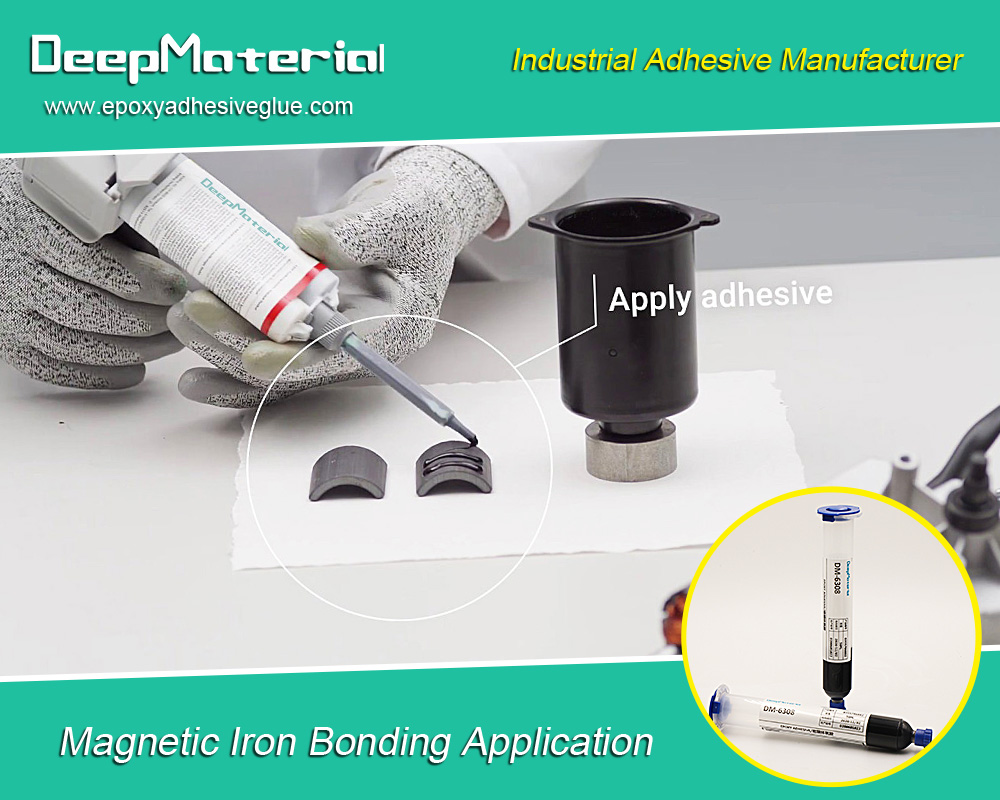
Conclusion
Automatic fire suppression materials stand as vigilant sentinels, embodying the “invisible firefighter” ethos by protecting what matters most. From humble beginnings to cutting-edge innovations, they continue to evolve, promising a safer tomorrow. Embracing these technologies isn’t just prudent—it’s essential for a fire-resilient world.
For more about automatic fire suppression material: the “invisible firefighter” guarding lives and property, you can pay a visit to DeepMaterial at https://www.epoxyadhesiveglue.com/category/epoxy-adhesives-glue/ for more info.


